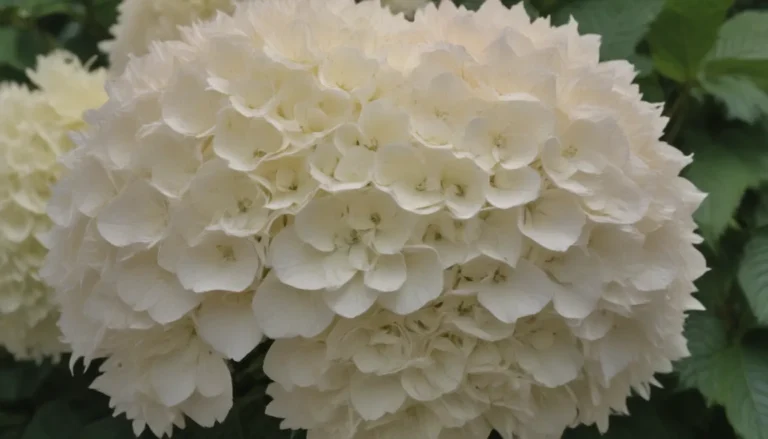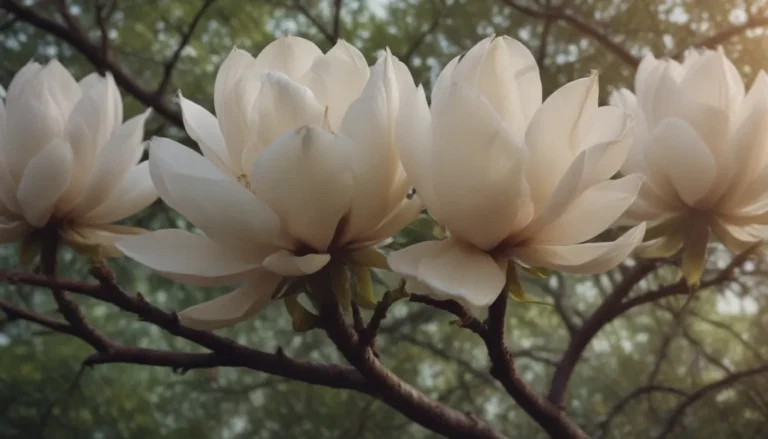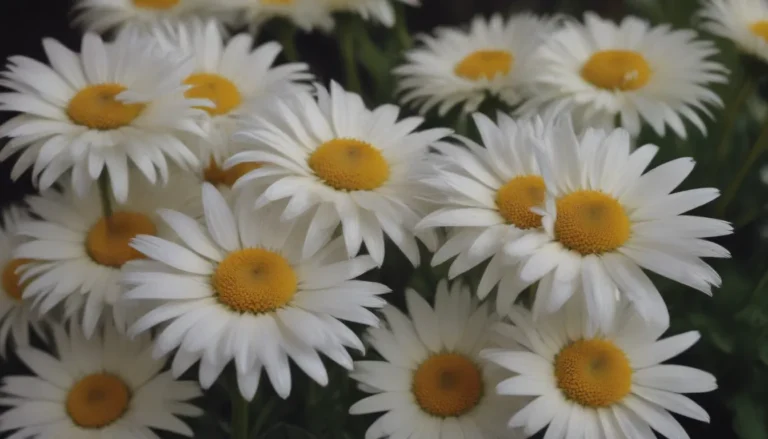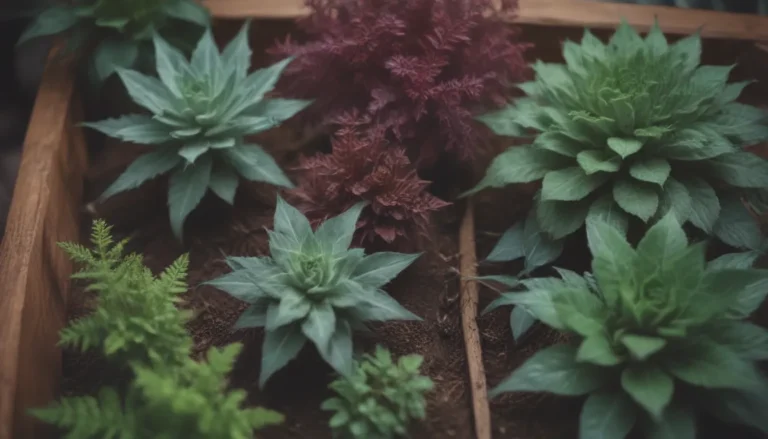A Comprehensive Guide to Growing and Caring for Creeping Phlox
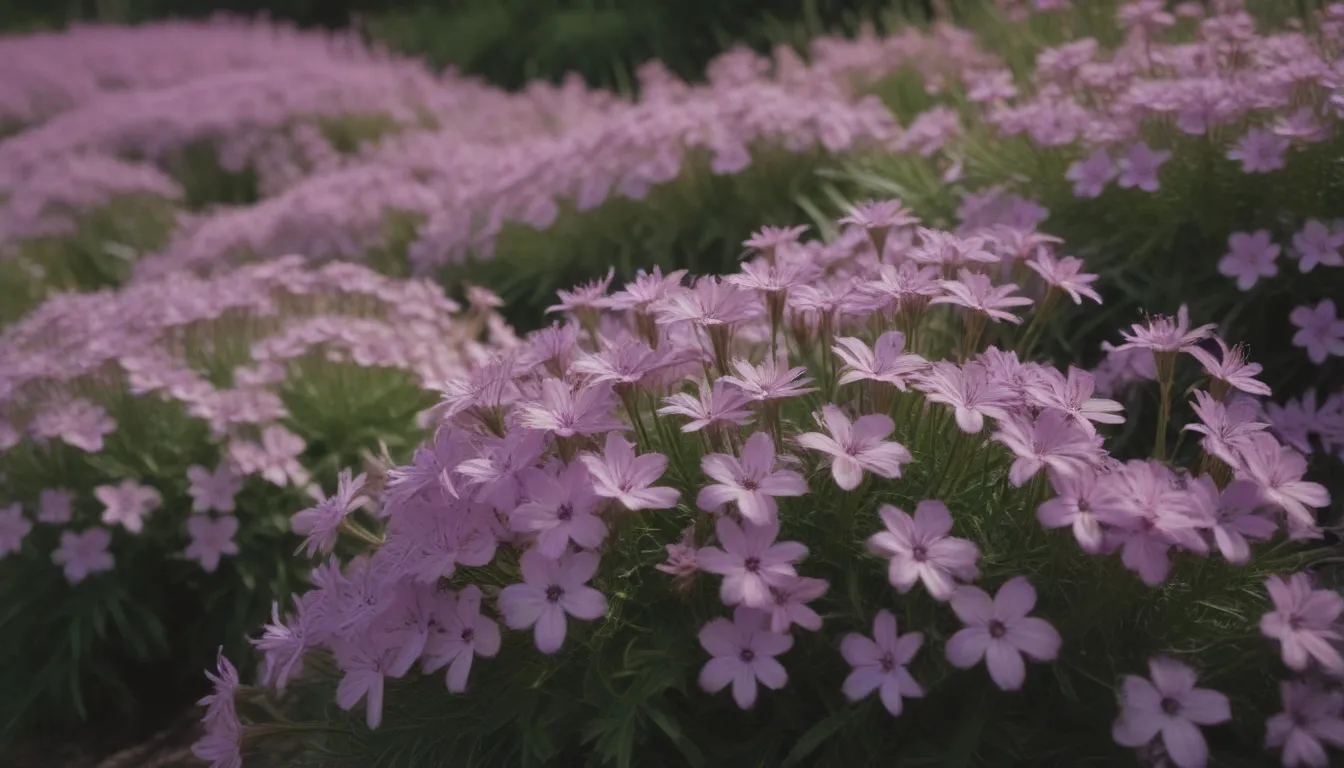
Are you looking to add a splash of color and beauty to your garden? Look no further than creeping phlox (Phlox stolonifera). This low-growing, mat-forming plant is perfect for ground covers, rock gardens, or even filling in the crevices of stone walls. With its fragrant, five-petal flowers that bloom in late spring to summer, creeping phlox is not only a visual delight but also a magnet for butterflies and other pollinators.
In this comprehensive guide, we will walk you through everything you need to know about growing and caring for creeping phlox. From planting tips to maintenance and troubleshooting common issues, we’ve got you covered. So grab your gardening gloves and let’s dive in!
Planting Your Creeping Phlox
First things first, when it comes to planting your creeping phlox, timing is everything. It’s best to plant your phlox in the spring after the danger of frost has passed. This plant has a moderate growth rate, so you can expect to see it spread and fill in over time.
Key Steps for Planting Creeping Phlox:
- Plant in the spring after the danger of frost has passed.
- Ensure well-drained soil rich in organic matter.
- Plant in full sun to partial shade.
- Water regularly, especially during the heat of summer.
Caring for Your Creeping Phlox
Creeping phlox is a fairly low-maintenance plant, making it a favorite among gardeners. Here are some key tips for caring for your creeping phlox to ensure it thrives and brings beauty to your outdoor space.
Creeping Phlox Care Tips:
- Water regularly, especially during dry periods.
- Feed annually with a slow-release fertilizer suitable for flowering plants.
- Prune as needed to maintain a tidy appearance.
- Control weeds early to prevent competition for soil nutrients and moisture.
Light, Soil, Water, and More
Light:
Creeping phlox grows best in full sun to partial shade. Ensure your plant receives adequate sunlight to promote healthy flower production.
Soil:
This plant prefers soil rich in organic matter and a slightly acidic pH. Well-drained soil is essential for the health of your creeping phlox.
Water:
While creeping phlox has some drought tolerance once established, it will still need regular watering, especially during hot summer months. Aim to water weekly unless there is sufficient rainfall.
Temperature and Humidity:
Creeping phlox is fairly hardy in its growing zones and can tolerate heat and some frost. Prolonged exposure to temperatures below 40 degrees Fahrenheit may damage the plants, so be mindful of cold snaps.
Fertilizer:
Feeding your creeping phlox with a general slow-release fertilizer in late winter or early spring will support healthy growth and robust blooming. Follow the label instructions for best results.
Types of Creeping Phlox
There are several varieties of creeping phlox to choose from, each with its unique characteristics and appeal. Here are a few popular varieties to consider adding to your garden:
- **Phlox stolonifera ‘Fran’s Purple’
- **Phlox stolonifera ‘Home Fires’
- **Phlox stolonifera ‘Pink Ridge’
- **Phlox stolonifera ‘Sherwood Purple’
Propagating and Pruning
Propagating Creeping Phlox:
Creeping phlox is best propagated via division, which is not only cost-effective but also helps rejuvenate mature plants. Divide your plant every two to three years to keep it healthy and vibrant.
Pruning:
While pruning is optional, trimming back the foliage after blooming can promote denser growth and enhance the plant’s appearance as a ground cover. Alternatively, you can let the plants grow naturally for a more wild look.
Common Pests and Problems
As with any plant, creeping phlox isn’t immune to pests and issues. Here are some common problems you might encounter and how to address them:
Common Pests:
- Spider Mites: In hot, dry climates, spider mites can be a problem. Use insecticidal soaps or a strong stream of water to control these pests.
- Foliar Nematodes: These soil organisms can cause lesions on the leaves, which should be removed and destroyed promptly.
Common Problems:
- Yellowing Foliage: Environmental issues, such as too little light or overwatering, can cause yellowing foliage. Ensure your plant receives adequate sunlight and good drainage.
- Poor Blooming: Lack of light and excessive nitrogen in the soil can result in poor blooming. Division of mature plants can help rejuvenate flowering.
Encouraging Blooming
To encourage blooming in your creeping phlox, proper light conditions and regular fertilization are key. Blooms typically appear in late spring to early summer, lasting for several weeks with clusters of fragrant flowers. Deadheading is optional but can help extend the blooming period.
In Conclusion
Creeping phlox is a gorgeous and versatile plant that adds beauty and charm to any garden. With a little care and attention, you can enjoy its lovely blooms and attractive foliage year after year. Whether you’re looking to fill in a rocky landscape or create a vibrant ground cover, creeping phlox is a fantastic choice for both beginner and experienced gardeners alike.
So, roll up your sleeves, grab your gardening tools, and get ready to watch your creeping phlox flourish and spread its colorful carpet across your outdoor space. Happy gardening!
